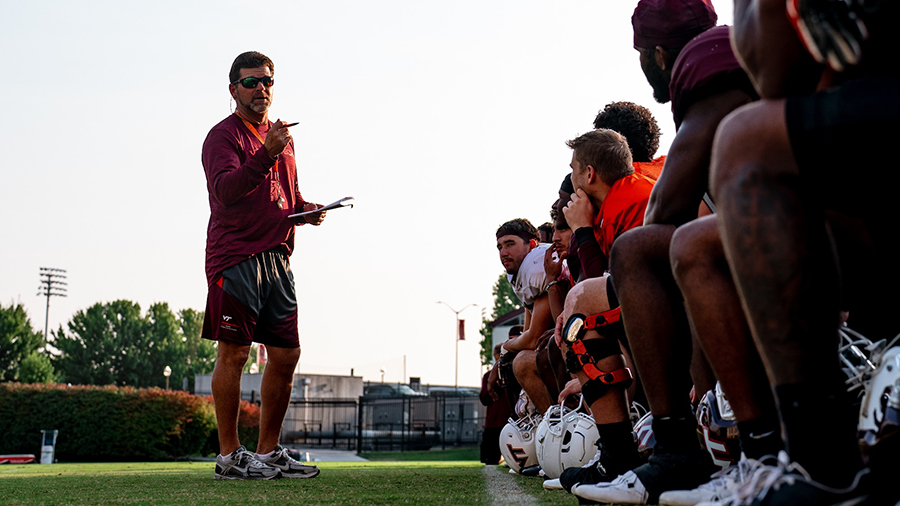Let's be blunt: Virginia Tech bottomed out as a program in 2022.
The Hokies went 3-8, were outscored by over a touchdown per game against FBS opponents, and finished a program-worst 96th in the SP+ rankings. In fact, according to SP+, Tech trotted out the third-worst offense for a Power Five school since 2005.
With a debut season like that, it's easy to cast aspersions on Brent Pry and his coaching staff. Was Tech really the third-least talented offense in the last 18 years? If not, why were they so bad?
Today's piece is my attempt to answer that question. While I realize that talking about 2022 is like beating a dead horse, in understanding the problems from last year, we can better understand the solutions for this year.
Over the summer, I spent time scouring through play-by-play data and gathered some useful insights into Virginia Tech's historical struggles. As always, I will take a numbers-based approach to contextualize those struggles and — most importantly — explain how Pry has done his best to fix them as we enter the 2023 campaign.
Offense: Errors, Compounded
Let's start from the inside out.
Brent Pry said that the biggest reason for Tech's offensive woes was their inability to run the football. No kidding! Tech ranked a lowly 122nd in yards per rush and 92nd in rushing success rate. For the uninitiated, success rate is yardage gained based on down. It's not about explosiveness (more on that later); it simply measures how well you are keeping up with the sticks. It's super useful for evaluating offensive line play and just happens to be one of the most predictive stats in football.
On the offensive line, talent — or perhaps ability — was an issue. Left guard Jesse Hanson had been a rarely-used reserve his first three years in the program, and right tackle Parker Clements was seriously hampered after offseason surgery. There were no true individual standouts. Compounding that problem was a poor scheme fit: lineman recruited for a zone running scheme in year one of transitioning to a gap scheme under now-departed offensive line coach Joe Rudolph. To see how this created problems, we have a good example from the Hokies' loss to Duke last year.
In this counter trey, right guard Kaden Moore (#68) pulls to d-end R.J. Oben (#94). Left guard Jesse Hanson (#72) gets manhandled, which hurts Moore's angle as a puller. However, Moore did not do himself any favors: he had his head on the outside, allowing Oben to get in the hole. H-back Nick Gallo (#86) takes an even worse angle and gets tripped up in the wash.
To continue reading Get Fully Dipped and Join The Key Players Club »
- Exclusive Content
- Interact in community forums
- Post and view comments
- Advanced site features
- No pesky display ads, only offers from TKP sponsors
- Members Only Forum

